Sample information |
|
| Picture |
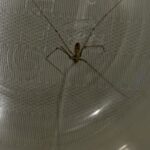
|
|---|---|
| Location | |
| Collection date | 05/14/2025 |
| Captive / Cultivated? | Wild-caught |
| Group | California Academy of Mathematics and Science |
| Observations | I found this cellar spider below a mirror on the wall in a household bathroom. I collected it at about 8 am.
|
| Putative identification | Arthropoda Arachnida Araneae Pholcidae Pholcus Pholcus phalangioides |
Methods |
|
| Extraction kit | DNeasy (Qiagen) |
| DNA extraction location | Whole arthropod |
| Single or Duplex PCR | Duplex Reaction |
| Gel electrophoresis system | Standard electrophoresis system Bio-Rad |
| Buffer | 1X TAE |
| DNA stain | 100X Fast Blast |
| Gel images |

|
| Protocol notes | Gel electrophoresis lanes Analysis The pholcus phalangioides sample had a band matching the Wolbachia-positive control’s band (16S), but not a band matching the arthropod-positive control’s upper band (CO1; like how the arthropod-negative control had no bands), so pholcus phalangioides seems to be a non-arthropod and Wolbachia-positive. |
Results |
|
| Wolbachia presence | Yes |
| Confidence level | Low |
| Explanation of confidence level | The Wolbachia-positive and Wolbachia-negative controls might not have completely worked because they’re arthropods, but didn’t have bands matching the arthropod-positive control’s upper band (CO1 or the arthropod gene, which has a larger molecular weight) out of its two bands (the lower band with a smaller molecular weight in common with the Wolbachia-positive control should be 16S or the Wolbachia gene). This is similar to our results where pholcus phalangioides tested arthropod-negative, which can’t be trusted because all spiders are arthropods. Pholcus phalangioides could’ve tested arthropod-negative because the CO1 primers failed to get the CO1 gene on the pholcus phalangioides DNA amplified during PCR. So, a band matching the arthropod-positive control’s CO1 band wasn’t visible on the gel for pholcus phalangioides.
|
| Wolbachia 16S sequence | |
| Arthropod COI sequence |
|
| Summary | The Pholcus phalangioides was found to be postive for Wolbachia. |
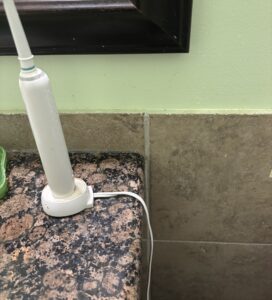
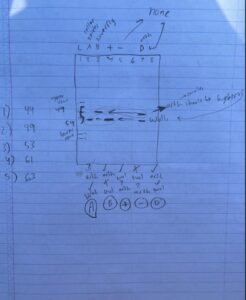
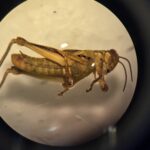 Differential Grasshopper – Melanoplus differentialis
Differential Grasshopper – Melanoplus differentialis Pill Bug (Armadillidium vulgare) – Draft
Pill Bug (Armadillidium vulgare) – Draft Melanoplus Femurrubrum
Melanoplus Femurrubrum Grasshopper – Orthoptera
Grasshopper – Orthoptera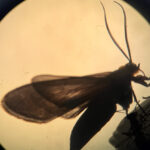 Cisseps Fulvicollis
Cisseps Fulvicollis